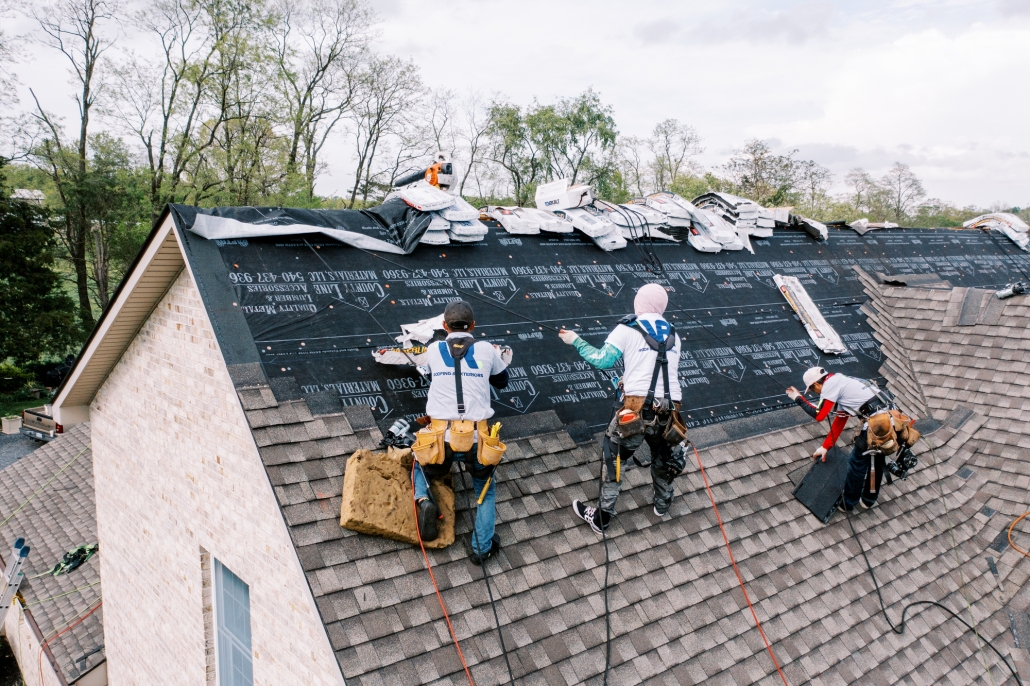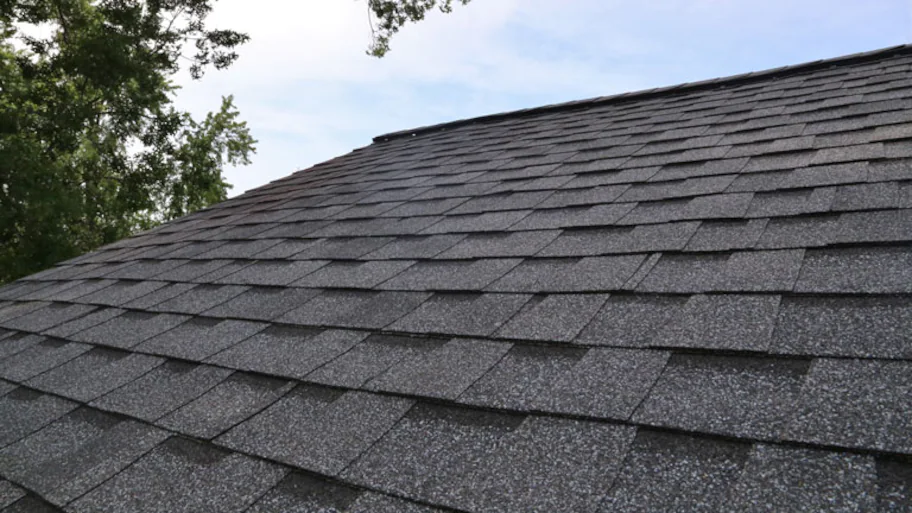Ideal Practices for Ensuring Appropriate Roof Ventilation
A balanced consumption and exhaust vent proportion, generally 1:300, plays an essential function, with intake vents ideally placed at the lower edge of the roofing for awesome air entrance and exhaust vents at the height for cozy air departure. Maintaining insulation away from vents is crucial to prevent air flow restriction.
Understand Ventilation Basics
Properly understanding air flow essentials is important for making sure the durability and efficiency of roof covering systems. Effective ventilation minimizes moisture build-up and temperature level extremes in the attic, both of which can result in considerable structural damage over time. A well-ventilated roofing helps in avoiding common concerns such as mold and mildew development, wood rot, and ice dams, which can endanger the integrity of the roof covering products and the underlying frameworks.
The key goal of ventilation is to promote the movement of air, permitting a regular exchange between the interior and outside environments. This equilibrium is accomplished with a mix of consumption and exhaust vents that work together to keep ideal air flow. Consumption vents, commonly situated along the eaves or soffits, allow fresh air to enter the attic room space, while exhaust vents, usually situated at or near the roof covering ridge, allow hot, moist air to escape.
Secret elements affecting the effectiveness of roof covering ventilation consist of correct positioning, adequate sizing, and making certain that both consumption and exhaust vents are unhampered. Normal examination and upkeep are critical to identify possible clogs, damage, or inefficiencies in the air flow system, thus protecting the roofing's efficiency and durability.
Kinds Of Roof Covering Vents
Roofing vents play a critical duty in preserving effective attic room air flow and, by extension, the general wellness of the roof system. Various kinds of roof covering vents are readily available, each with special benefits tailored to details roof requirements.

Soffit vents are mounted under the eaves and operate in tandem with roof covering vents to guarantee a balanced intake and exhaust system. By allowing cooler air to enter from below, soffit vents assist in the expulsion of warm air with top vents. Gable vents, situated on the outside walls of the attic room, deal an additional reliable solution, especially in homes with gable roofings.
Evaluate Your Current Air Flow

Following, think about the age and condition of your roofing products and ventilation elements. Older systems might not abide by present building codes or might have degraded gradually, lowering their performance. Conduct an extensive exam to identify any type of indicators of deterioration, such as corrosion, damage, or gaps that can jeopardize the system's efficiency.
In addition, measure the attic room temperature and humidity levels. High temperatures and humidity can indicate insufficient air flow.
Installation Best Practices
Efficient installment of roofing ventilation systems is extremely important for making sure ideal performance and durability. Appropriate installation begins with recognizing the details ventilation demands of the structure and the roof it covers. This involves calculating the correct proportion of intake to wear down vents, typically see this adhering to the 1:300 regulation, which stipulates one square foot of air flow for every 300 square feet of attic flooring room.

Consumption vents must be set up at the roof covering's lower edge, usually in the soffits, to allow amazing air to go into. Exhaust vents, on the various other hand, must be installed near or at the roofing system's height to assist in the leave of cozy, moist air.
Seal all air vent connections carefully to avoid air leaks and possible water seepage. Usage top notch products and comply with producer guidelines to ensure durability and efficiency. Furthermore, incorporating ridge vents with baffles can considerably improve airflow performance by avoiding wind-driven rain and snow from entering the attic room.
Eventually, accurate setup of roof air flow systems mitigates possible problems such as mold growth, ice dams, and architectural damage, making certain the roofing system's integrity and the structure's general health.
Routine Upkeep Tips
Uniformity in maintenance techniques is basic to making sure the long-lasting efficiency of roof air flow systems. Regular inspections are essential, ideally done biannually-- in the springtime and autumn. Throughout these inspections, ensure that vents are totally free of particles, nests, and various other blockages that might restrain airflow. Look for any signs of wetness accumulation or mold, as these can show inappropriate ventilation or leaks (roofing companies gainesville florida).
Cleaning the vents is another essential job. Make use of a soft brush or a vacuum to eliminate dust and debris from consumption and exhaust vents. Beware not to damage the air vent screens or louvers during the process. Additionally, check the attic room area for any type of indications of water damages, which could jeopardize the honesty of the roof system.
Proper insulation is just as crucial. Guarantee that attic insulation does not obstruct the vents, as this can drastically limit air flow. If read what he said any insulation has actually changed or resolved, rearrange or replace it to keep an effective obstacle.
Lastly, replace any type of damaged or missing parts quickly. Busted vents, split roof shingles, or shabby flashing can all add to inadequate air flow and should be resolved immediately. Regular upkeep makes certain that the roofing air flow system works ideally, thus prolonging the life-span of the roofing system itself.
Conclusion
Ensuring correct roof air flow is vital for maintaining the performance and sturdiness of a roof system. Adherence to the 1:300 consumption and exhaust air vent proportion, combined with the critical positioning of vents, is crucial.
A well balanced intake and exhaust air vent ratio, typically 1:300, plays a pivotal function, with intake vents preferably put at the reduced side of the roof covering for trendy air entry and exhaust vents at the optimal for cozy air leave. Intake vents, normally situated along the soffits or eaves, enable fresh air to enter the attic room, while exhaust vents, usually situated at or look at these guys near the roof ridge, allow warm, damp air to escape.
Soffit vents are set up under the eaves and work in tandem with roofing system vents to guarantee a balanced intake and exhaust system. By allowing cooler air to go into from below, soffit vents help with the expulsion of hot air through top vents. Adherence to the 1:300 consumption and exhaust air vent ratio, combined with the strategic positioning of vents, is necessary.